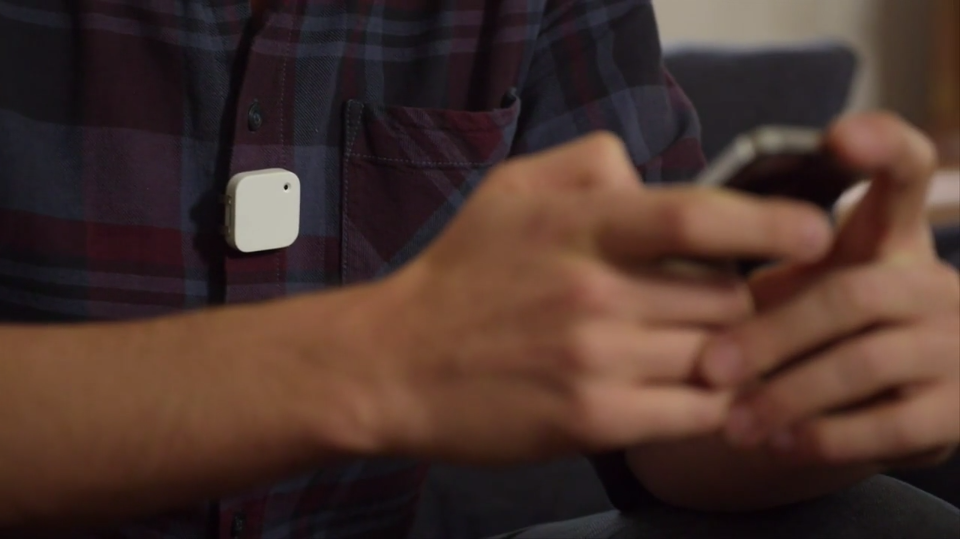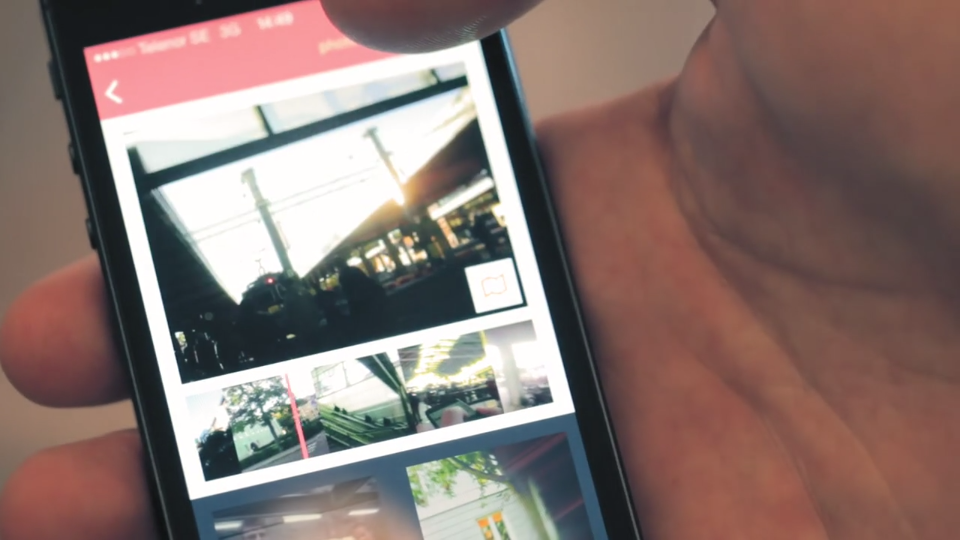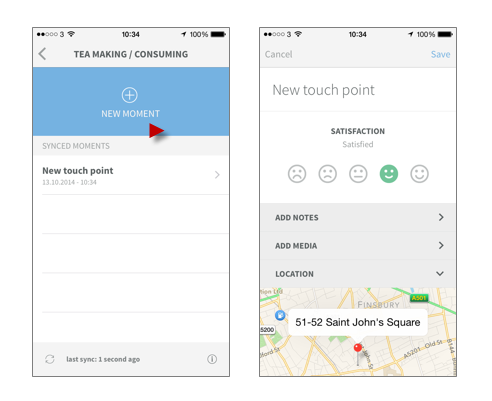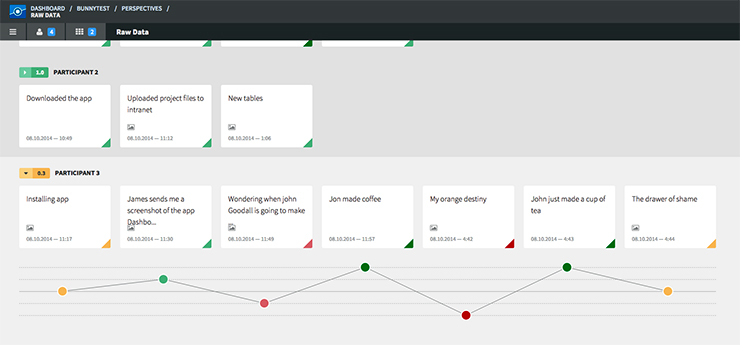If you want to provide a truly excellent customer experience you need to really understand your customers. The problem is that how people behave, and how they think they behave, are often not the same – you can’t just ask them questions and expect to get the correct answers.
In order to uncover the true behaviour of your customers you need to capture their experiences as they happen, in the most unobtrusive and natural way possible. Only then can you gain the insights you need to refine your service offering and to deliver great customer experiences.
OBSERVATRIONAL RESEARCH TECHNIQUES
There are a number of established research techniques that we use to observe natural customer behaviour, like shadowing, contextual inquiry, and ethnography.
Despite their fancy titles these technique are basically ‘watching people’. They allow us to see customer actions and interactions (with staff, the people around them, their devices, etc.) within a specific context. We can then assess their needs and priorities, the flow of what they do, and so on. All of which provides highly relevant and useful information for designing products and services.
The limitation is that for practical reasons we can only observe a time limited snapshot of the customer’s behaviour – someone has to be there when it’s all happening. We often use diary studies as a complementary research technique.
DIARY STUDIES
In a diary study we ask customers to document their experiences (their actions, thoughts and feelings) as they occur, over a number of days or weeks. This will include interactions with the specific service we are interested in, but also their experiences across a wider context too.
Using this technique we can identify ‘pain points’ in the customer experiences (the things that should be fixed) and opportunities to proactively enhance their experiences.
The limitation is that your customers have to consciously consider what to write down. This can interrupt the natural flow of their experience and it can lead to more subjective, reflective opinions.
They may also consciously or unconsciously miss out important information, or simply forget to document their experience, which can lead to gaps in data and missed insights.
INTRODUCING MOBILE ETHNOGRAPHY
In the last few years (as mobile phones have become near ubiquitous appendages to us all) smartphones have become a useful research tool. ‘Mobile ethnography’ has emerged, with smartphones and other mobile devices being used to enhance and address the limitations of traditional research techniques.
In diary studies we can send prompts to the customers (a text message or an alert via a specialised app) to remind them to document their experience, or to immediately record whatever they are doing in that instant. They can use photos and video clips, even Twitter and Facebook, to capture their experiences with far greater immediacy and efficiency.
PASSIVE AND ACTIVE APPROACHES
There are two main approaches that we take with mobile ethnography: passive and active.
- We use the passive approach to capture the customer’s experiences without any conscious action on their part. It captures natural behaviour, but we might miss out on some detail.
- We use the active approach to give customers the ability to document their experiences as they see fit or on prompt (as in a diary study). It captures detail but suffers from forcing the customer to actively break their flow and decide what to document.
The choice of which approach to take is somewhat project specific, and sometimes we might use a mixed approach.
DOCUMENTING AN EXPERIENCE
It is not always easy for customers to document experiences in sufficient detail without interrupting the flow of the moment. At the very least we want them to document the following:
- Touchpoint title
- Date and time
- Location
However, in order to build a more meaningful and insightful record of their experiences we want the following too:
- Touchpoint description
- Experience rating
- Media (pictures, video, or audio)
- Categorisation/tags
This level of information might seem impractical, but thankfully there are products out there that can help.
NARRATIVE CLIP
The Narrative Clip is a small automatic camera. We ask customers to clip it onto their clothing and it captures a constant stream of pictures (every 30 seconds) of their experience, with a time, date, and location tag.

A smartphone app collates all the pictures into an animated timeline, which we review with customers during an in-depth interview to confirm specific details and to draw out insights.

We use this passive research approach because the customer does not need to interact with the device (although they can double-tap it to take a picture of a notable moment). It is unobtrusive. Customers forget that they are wearing the device and they are not distracted from their experience.
The downside is that the pictures are a fixed-perspective (the camera will miss details outside of its peripheral vision) and the pictures are not supported by experience ratings or descriptions. We often balance out this limitation with an active research approach.
EXPERIENCEFELLOW
Experiencefellow allows customers to document their experiences using a smartphone app. For each touchpoint they can provide a title, experience rating, description, picture, video, and location.

The customer’s data is synched with a web-app, which presents their touchpoints and experience ratings along a timeline. We review this with the customers during an in-depth interview.

We use this active research approach to capture meaningful data on each touchpoint in the customer experience. It creates a valuable experience map that highlights peak experiences, opportunities for enhancement, and pain points that need addressing.
HOW THIS CAN WORK FOR YOU
The Narrative Clip and Experiencefellow are good examples of mobile ethnography and they both have their advantages.
We use the passive approach (Narrative Clip) for capturing natural behavior during experiences such as music festivals, a day at a theme park, wayfinding through museums and shopping centres, and so on.
We use the active approach (Experiencefellow) for assessing customer attitudes in more detail. At conferences, for example, we can compare experience maps for the check-in process, the speakers, navigating the venue, and much more.
Both approaches provide powerful insights into your customer’s behavior and attitudes towards your business. You are able to make informed commercial decisions and deliver truly excellent customer experiences.
Want to learn more?
- Training Course: Designing for Persuasion
- Blog post: Observing behaviour in the wild – how do customers really act?
- Blog post: Service design and user experience design: a complex partnership





